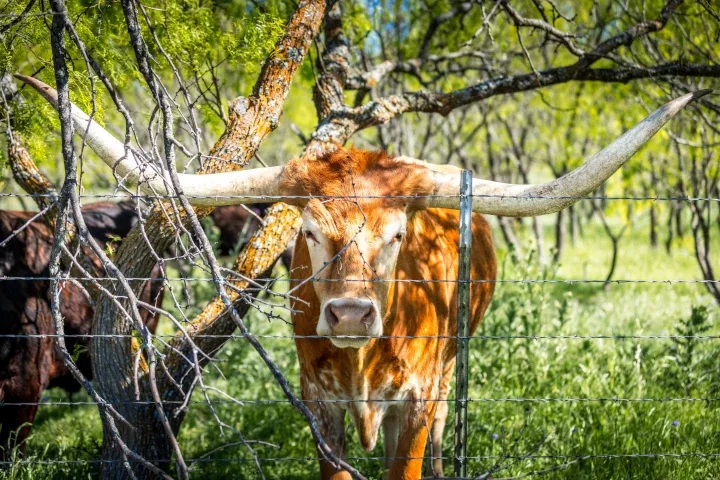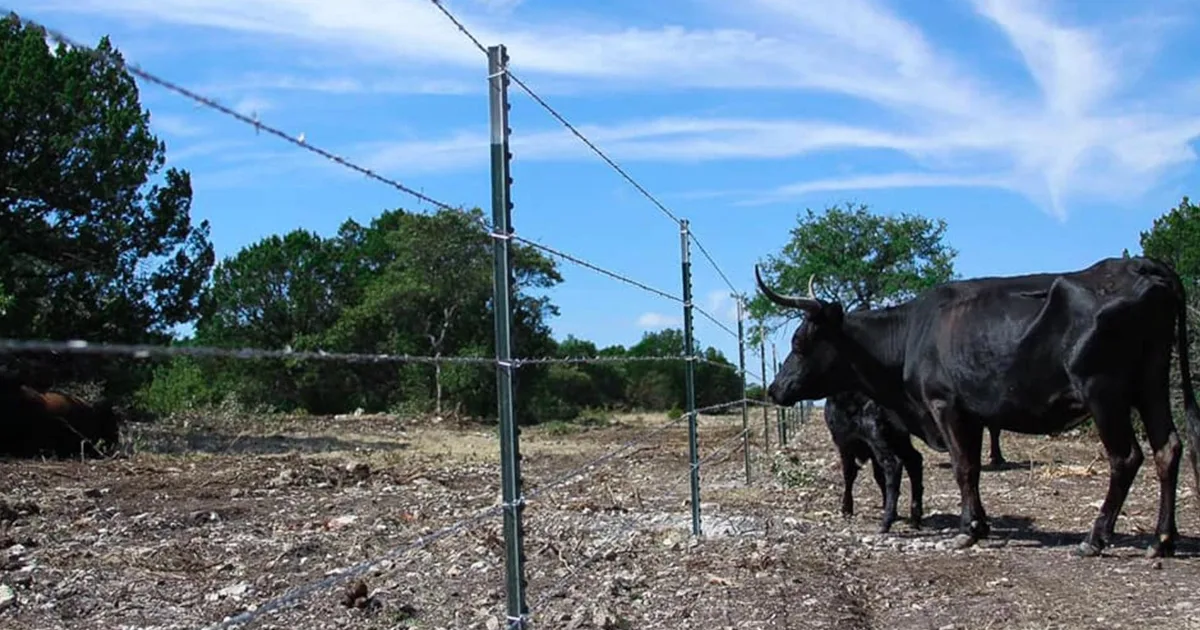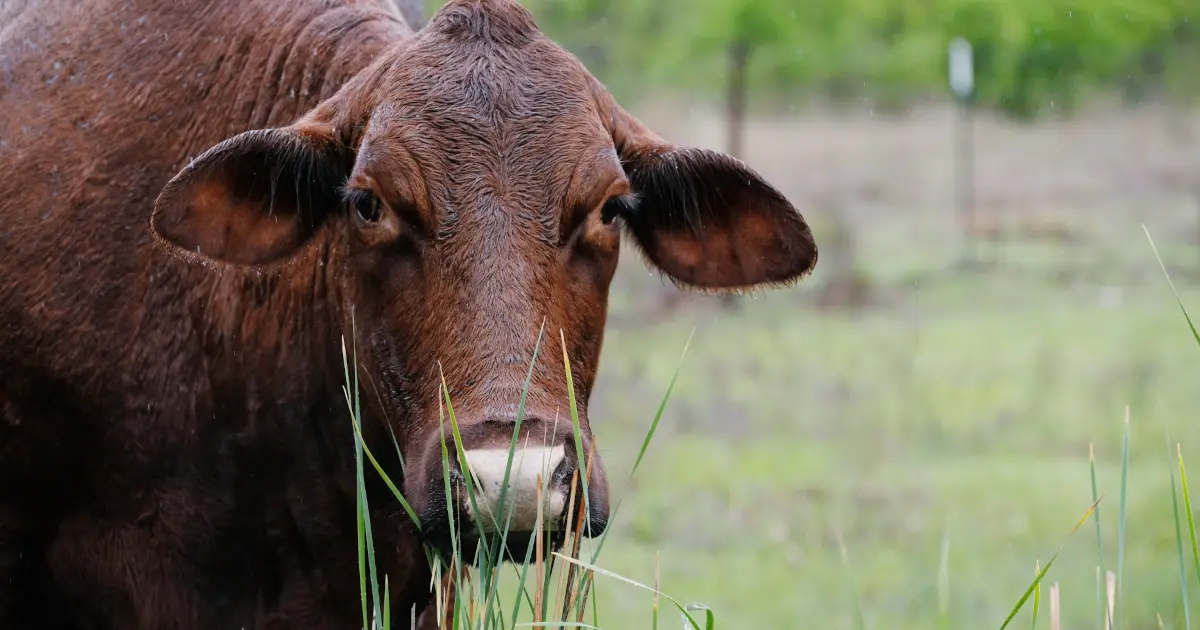Fall Land Clearing in Texas
Read The Post

At Fred Nuncio's Fencing, we understand the importance of having a reliable and secure fence for your cattle ranch. Your fence needs to be strong enough to contain your herd, safe for your animals, and durable enough to withstand the elements.
We offer a variety of cattle fencing options to meet your specific needs and budget. Here's a closer look at some of the most popular choices:
Barbed wire is one of the most common types of fencing used for cattle. It is relatively inexpensive and easy to install, and it is very effective at keeping cattle in. However, barbed wire can be dangerous to both people and animals, and it is important to take precautions when working with it.

Fred Nuncio fences use high-quality barbed wire. Cheap barbed wire is more likely to break or rust, which can create safety hazards for cattle and people.
Woven wire is another popular type of fencing for cattle. It is stronger than barbed wire and less dangerous, and it provides better visibility for both cattle and people. Woven wire is also more expensive than barbed wire, and it can be more difficult to install.

Fred Nuncio fences use high-quality woven wire. Cheap woven wire is more likely to break or rust, which can create safety hazards for cattle and people.
High-tensile steel mesh is a newer type of fencing that is becoming increasingly popular for cattle. It is very strong and durable, and it provides excellent visibility. High-tensile steel mesh is also more expensive than barbed wire or woven wire, but it is a good option for those who are looking for a long-lasting and secure fencing solution.

Fred Nuncio fences use high-quality high-tensile steel mesh. Cheap high-tensile steel mesh is more likely to break or rust, which can create safety hazards for cattle and people.
Electric fencing is another option for cattle. It is not as common as barbed wire or woven wire, but it can be a very effective way to keep cattle in. Electric fencing is relatively inexpensive to install, and it is easy to maintain. However, electric fencing can be dangerous to both people and animals, and it is important to follow safety precautions when using it.

Fred Nuncio fences use high-quality electric fencing materials. Cheap electric fencing materials are more likely to break or malfunction, which can create safety hazards for cattle and people.
It is also possible to use a combination of different types of fencing for cattle. For example, you could use barbed wire on the bottom of a fence to deter cattle from digging under, and then use woven wire or high-tensile steel mesh on top to provide better visibility and strength.

Fred Nuncio fences use high-quality fencing materials: When using combination fencing, it is important to use high-quality fencing materials for all of the materials used. This will help to ensure that the fence is durable and effective.

There are a number of factors to consider when choosing cattle fencing, including:
The experts at Fred Nuncio's Fencing can help you choose the right type of cattle fencing for your ranch. We will consider your specific needs and budget to recommend the best solution for you.
We can help you decide which type of cattle fencing is right for you.
These are just some of the cattle fencing projects Fred Nuncio Fencing has done.
Get inspired with ideas and advice in the fencing, construction and land clearing industry.
 October 28, 2025
October 28, 2025
 September 16, 2025
September 16, 2025
 August 21, 2025
August 21, 2025